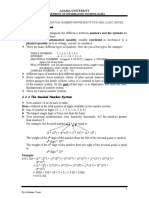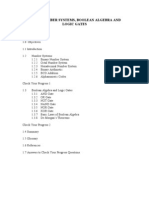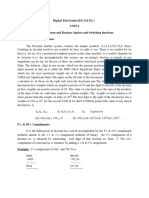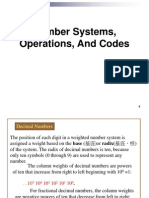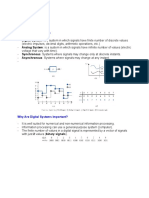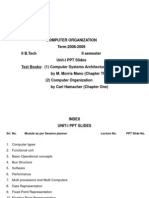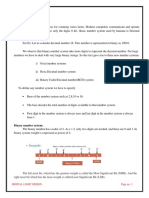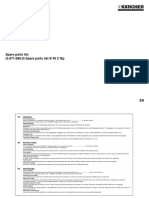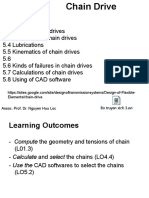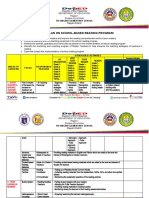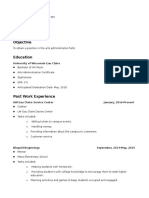0% found this document useful (0 votes)
23 views25 pagesNumber System
The document discusses various numeral systems, including unary, Roman numerals, decimal, binary, and their respective properties and operations. It explains concepts such as 9's and 10's complements for subtraction, as well as the conversion between decimal and binary systems. Additionally, it highlights the significance of these systems in mathematics and electronics.
Uploaded by
21btc143Copyright
© © All Rights Reserved
We take content rights seriously. If you suspect this is your content, claim it here.
Available Formats
Download as PDF, TXT or read online on Scribd
0% found this document useful (0 votes)
23 views25 pagesNumber System
The document discusses various numeral systems, including unary, Roman numerals, decimal, binary, and their respective properties and operations. It explains concepts such as 9's and 10's complements for subtraction, as well as the conversion between decimal and binary systems. Additionally, it highlights the significance of these systems in mathematics and electronics.
Uploaded by
21btc143Copyright
© © All Rights Reserved
We take content rights seriously. If you suspect this is your content, claim it here.
Available Formats
Download as PDF, TXT or read online on Scribd
/ 25






















